Made In USA: See How Each Pair Of New Balance 990v4 Is Crafted
The New Balance 990v4 is a celebration of 75 years’ domestic manufacturing – their ‘Made in USA’ program is a testament to the quality of old-school craftsmanship still found on home soil. To find out exactly what goes into a pair of 990v4s, Sneaker Freaker visited NB factories in New England, and, steered by 990v4 designer Scot Hull, followed the manufacturing process every step of the way. We came away with a new depth of appreciation for the workers whose skill and dedication keeps the tradition of USA-made footwear alive and kicking.
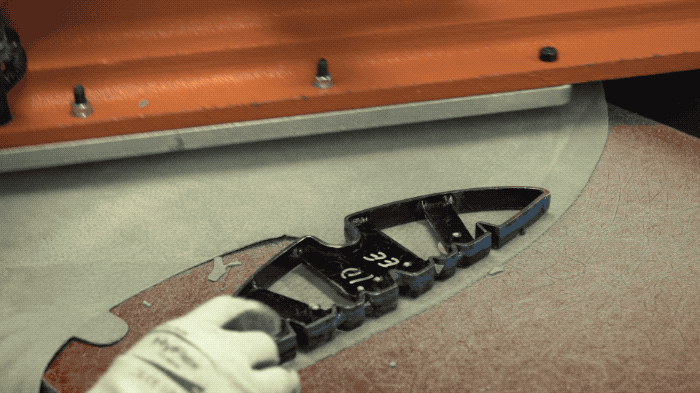
Using templates, craftsmen cut each suede panel from the pigskin hide
Prepping the Panels
Once each individual section of the upper has been cut out, a number of different workers and machinery prepare the panels that require branding or additional finishing. The heel panel is stamped with the reflective ‘990’ while the top eyelets are sewn in place at the top of the throat.
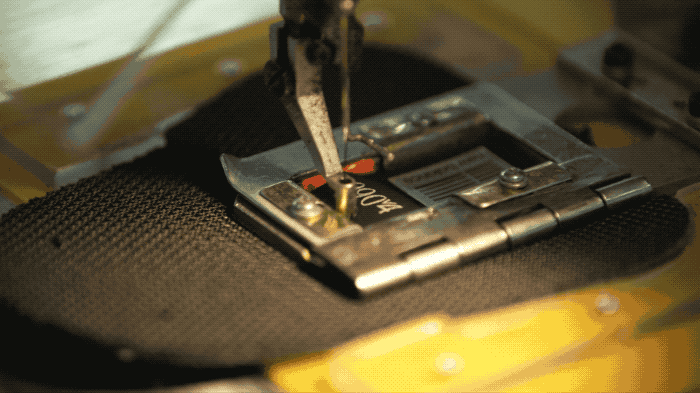
990v4 tongue branding is stitched on
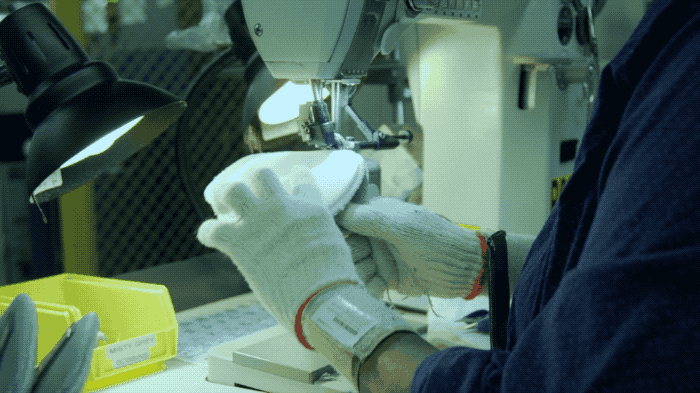
Tongue is constructed inside out
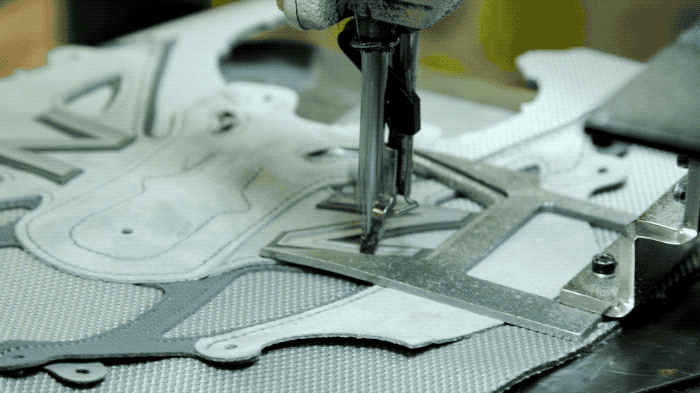
Reflective 'N' branding is added during the final stages of the flat stitching process
‘If you ever watch these guys and girls stitch the collar lining together, it’s fascinating. The collar lining material is actually smaller than the part you’re stitching it onto, to stretch out the lining to avoid any wrinkles. They start at one side of the eyestay, work all the way around the ‘rabbit ears’ (the panel with all the eyelets), and then end up at the exact spot on the other side. It’s quite an art form.’
Scot Hull, New Balance 990v4 designer
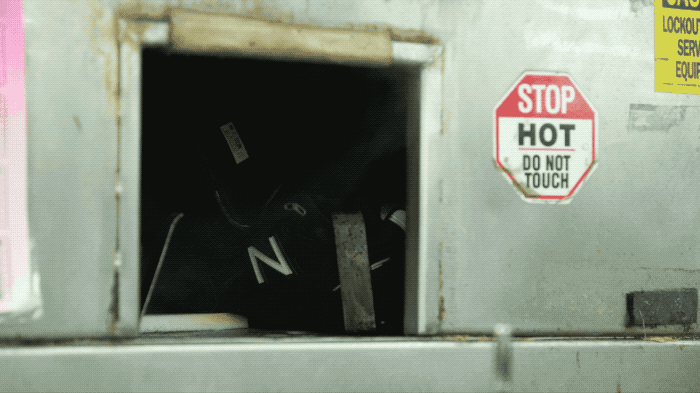
Uppers being 'conditioned' in preparation to be paired with the sole units
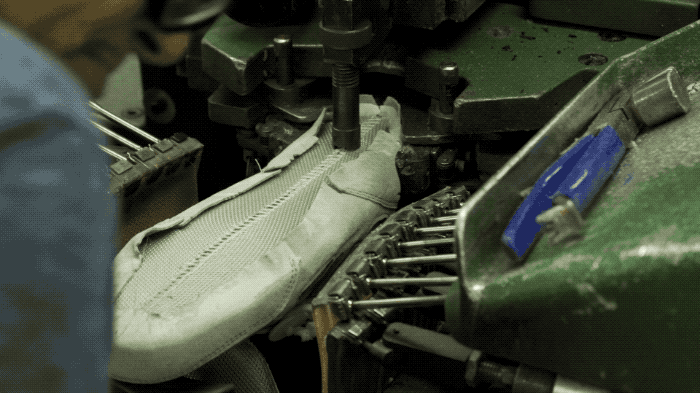
Crimping machine in action
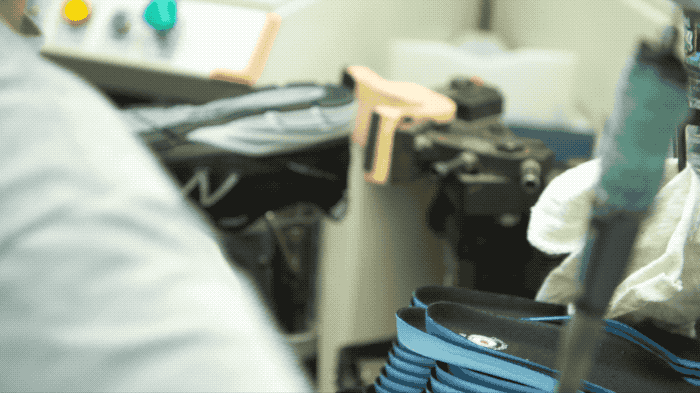
Shoe is taken off the last